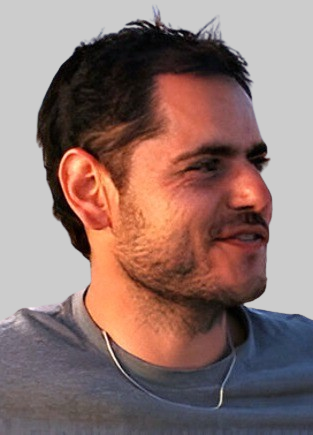Dr. Paolo Perna
Position: Senior Research Prof.
PhD: University of Caen Basse- Normandie, France & University of Cassino, Italy
Previous Position: CNR-SPIN,Italy
Research: SpinOrbitronics
ORCID: 0000-0001-8537-4834
Researcher ID: C-3862-2012
Researchegate profile:: https://www.researchgate.net/profile/Paolo-Perna
Google Scholar profile: https://scholar.google.co.il/citations?user=FL0BEO8AAAAJ&hl=en
Group webpage: Spinorbitronics
Joining Date: April 2009
User Name: paolo.perna
Telephone: +34 91 299 87 54
Dr Paolo Perna is Senior Researcher and coordinator of the “SpinOrbitronics” research line at IMDEA Nanociencia, and is responsible of Laboratorio de Nanomagnetismo (Red+Lab282). Dr. Perna holds two PhD titles, in Physics and in Material Science (2008). From 2019, he is certified as Full Professor of Theoretical Physics of Matter and Associate Professor of Experimental Physics of Matter by Italian ASN (Abilitazione Scientifica Nazionale). He holds Certification I3 [I3/2021/1021, total score 10/10) by Ministerio de Universidades, Spain.





